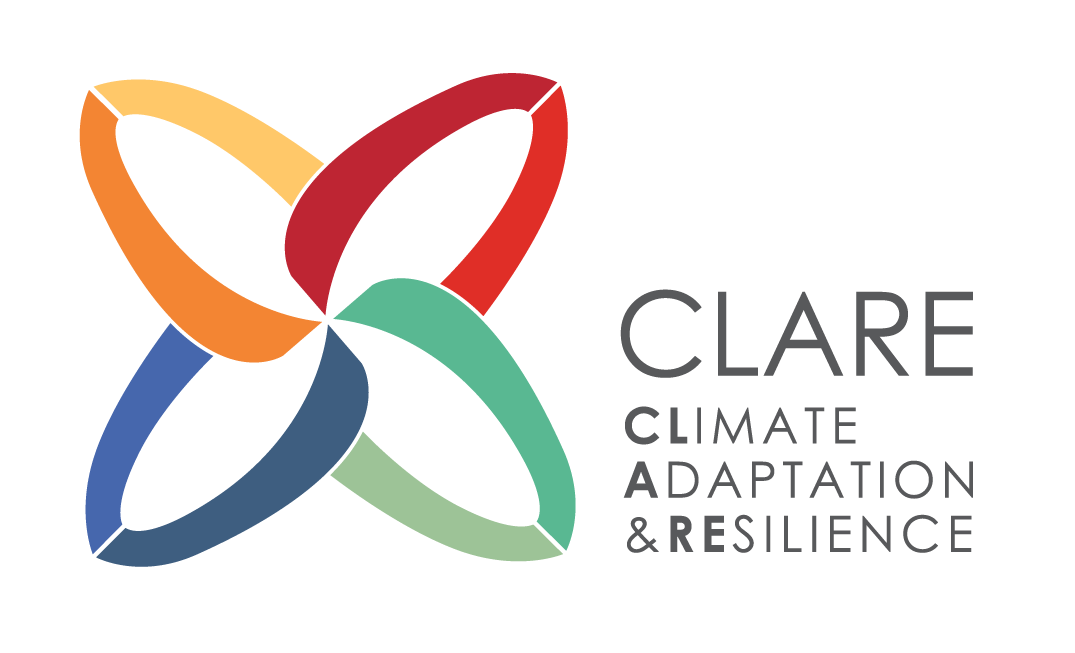
Improved anticipation of floods on the White Nile (INFLOW)
Introduction
South Sudan is facing a complex humanitarian emergency, with one-fifth of its people living at the intersection of extreme poverty and flood risk. Anticipatory humanitarian action has the potential to provide targeted, timely support in advance of a disaster. However, anticipatory action is limited in environments where people are affected by conflict, violence and displacement. Furthermore, anticipatory action relies on accurate hydrological forecast models, which are insufficient in the White Nile River catchment. This project aims to improve early warning capacity in the White Nile River catchment and increase the capacity of humanitarian organizations equipped to act on new information. Research will be undertaken by a transdisciplinary team of mandated government agencies, regional forecasting bodies, academic institutions and humanitarian partners. It will examine how recent flooding is represented in existing hydrological models and how the flooding impacts people, particularly women and children, in conflict-affected communities. The new knowledge will be integrated into existing models.
Context
In South Sudan, over 2 million people are internally displaced due to protracted conflict, flooding, and the impacts of the covid pandemic. Over one million additional refugees are registered in Uganda, a country that itself is highly vulnerable to the impacts of climate change, with an estimated 45,000 of its own people affected by flooding each year. Flooding in 2021 was the worst experience in living memory, which affecting over 835,000 people. Accurate flood forecasting for the White Nile basin remains a challenge. An existing streamflow model by Intergovernmental Authority on Development (IGAD) has been calibrated with local data yet performs poorly for areas of open water, such as the Lake Victoria and Sudd wetlands. Meanwhile a machine-learning model developed by the University of Reading and European partners has promising results in similar river basins. Research has an opportunity to improve forecasting of the White Nile River catchment and build institutional and individual capacity within the Ugandan Ministry of Water and Environment, while leveraging existing regional forecasting infrastructure at IGAD Climate Prediction and Application Center (ICPAC). Such work would contribute to Uganda’s National Development Plan III and Vision 2040.
Approach and Methods
The research is divided into four work packages as follows:
- Analyze how recent flooding is represented in existing hydrological models: Assess the limitations of operational forecast models, focusing on process representation of lakes, water management and groundwater along the White Nile from Lake Victoria to the Sudd Wetlands. The project will bring together data from many different datasets of gauges, satellite products and in-situ data from humanitarian agencies to characterize the hydrological processes. The datasets will be analyzed and used to deliver a characterization and conceptual model of the key hydrological processes for the rising and falling limb of floods in the different parts of the basin, developing an understanding of key basin processes for long duration flooding.
- Identify how flooding impacts different people in conflict-affected communities: A desk-based study will collate existing impact datasets to provide a foundation for fieldwork. Data will be sourced from media, disaster databases, and reports from humanitarian organizations. The desk-based study will identify strengths and limitations within the existing datasets for understanding the intersectional impacts of flooding. The field-based methodology will be then finalized to fill the gaps in existing datasets. This will include an exploratory cross-sectional study to assess perceptions of how women and men are affected by floods and a qualitative study to explore inter- and intra-household power dynamics in anticipatory and response actions. The participatory research will be undertaken in parallel in two locations: Bentiu camp (South Sudan) and Bidibidi settlement (Uganda).
- Integrate new knowledge to improve forecasting: A framework for evaluating forecast skill using decision-relevant skill criteria (lead-time, thresholds, acceptable false alarm ratio) will be co-produced and then applied to different flood forecasting systems. Visiting Scientists from nationally mandated agencies in Uganda and South Sudan will work at ICPAC to integrate findings into the operational procedures for forecasting, monitoring, and early warning. Guidance will be provided to humanitarian organizations on the potential of these forecasts for anticipatory action.
- Develop comprehensive humanitarian plans: The team will integrate findings into improved / new contingency plans to better anticipate the impacts of flooding in these complex settings, particularly addressing the intersectionality of flood impacts on women and children, who are disproportionately represented in refugee and displacement camps, and other marginalized groups.
Expected Results
Expected results can be broadly categorized as improved climate services (flood forecasting) at ICPAC, and improved humanitarian approaches for anticipatory action in conflict-affected settings, including displacement and the needs of marginalized people. Towards these outcomes, the project expects to produce:
- An improved flood forecast modelling framework to support anticipatory action; and improved Early Warning Systems procedures within nationally-mandated hydrometeorological agencies;
- Briefing papers and presentations to a wider community of key national, regional, and global forecasting centers will provide recommendations for improving flood forecasting and early warning systems in the region more broadly.
- Recommendations for improved contingency planning for addressing the impacts of flooding on refugee communities in northern Uganda and displaced and conflict-affected communities in South Sudan co-produced with humanitarian partners in the region.
- Recommendations for targeted anticipatory actions for future floods to take into consideration the gendered / intersectional differences in flood impacts, co-produced with humanitarian partners;
- Reports on intersectionality of flood impacts and risks within the conflict areas; and
- Peer-reviewed publications on a) the challenges of forecasting the 2021 flood dynamics; b) the intersectional impacts of flooding in conflict-affected settings and c) multi-model skill assessment of flood forecasting systems
Photo credit: IDRC/Nichole Sobecki

